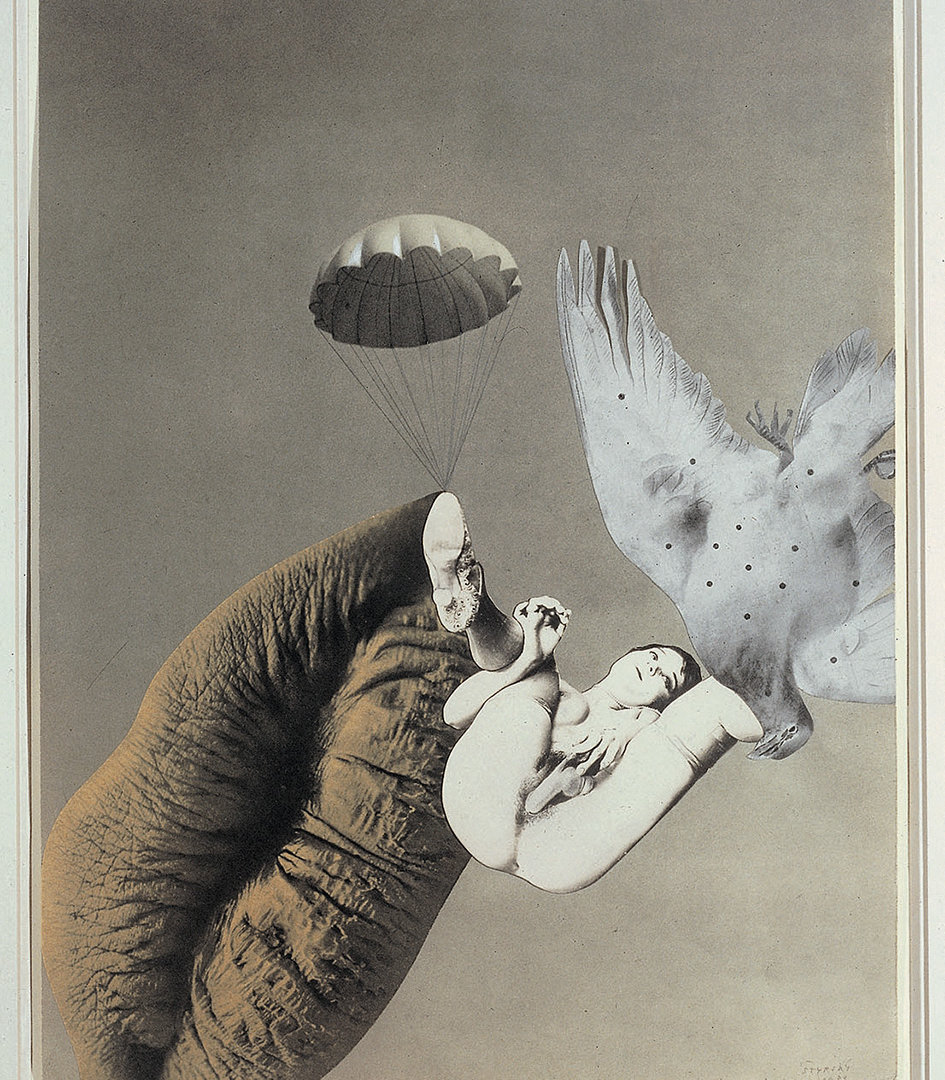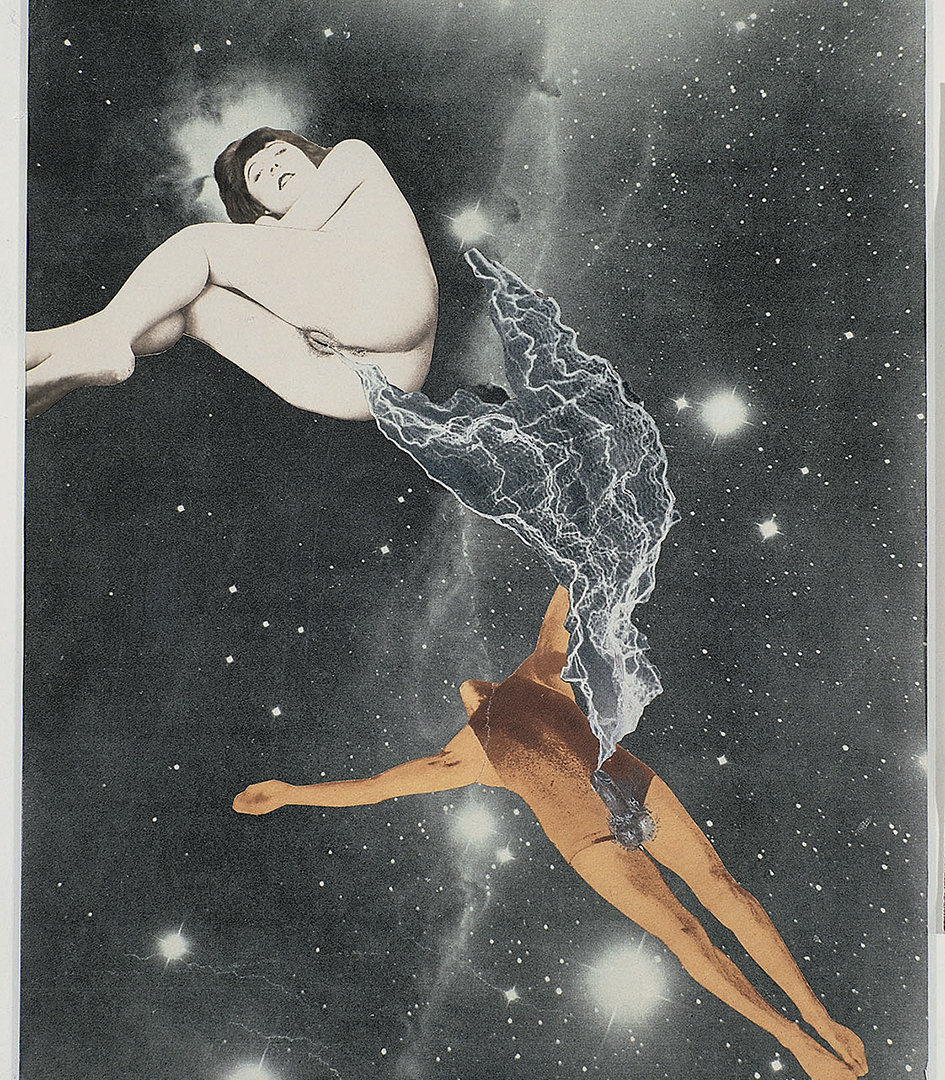Editorial
The theme of the body and corporeality has been in photography since the very beginning. But it does not include only the classic and much- repeated act, already exhausted in its commercial or usual academic forms. The image of the body can take many forms, reflecting the never- ending human desire to create our own images. The body is the mortal frame carrying our being, our physical existence, whose uniqueness and evanescence we are aware of, although we often try to forget about it. The human body is born, it gradually grows, matures, becomes an object or initiator of love passion. But it also gets old, gradually withering. It experiences diseases and physical decline and eventually ceases to exist like everything else in the cycle of time. Photography and photographers have a unique chance to capture or interpret any of these phases in any way. Plato’s conception of corporeality gave rise to the dichotomy of the “body” and the “soul”. Once we identify them in our being, we can see the body as the primary form of our life that fundamentally determines us in the world and expresses who we really are. Therefore, we have to admit our physical existence has the same meaning as our thinking. The existence of the former without the latter makes no sense. The presentation of the body is the presentation of strength and weakness and of the associated social and cultural codes, including sexuality and gender forms.
The forms of the body in photography have changed not only because the media itself has developed as well, but mainly due to the changes in the social and social awareness and in the social status of women – whom male photographers considers objects of interest and tools of erotic symbolism, often in commercial, pandering and aesthetic nudes. In the last fifty years, the emancipation of women has played an important role in photography as well, as we can see from the many examples in this magazine issue. Contemporary authors, however, still work with the body and its symbolic meaning, often in original performative actions intended only to be photographed and video-recorded.
The history of photography is the history of the approach to body imagery, and many authors have tried to portray the body and its symbolism in an innovative way.
Let us mention at least some of them to understand the evolution of this important and often provocative theme of photography:Anton Josef Trčka, a representative of the Viennese modernism of the early 20th century.
Jindřich Štýrský, another Czech artist, used photography for his daring collages. His work was greatly influenced by his stay in Paris, lasting several years. His most provocative work dealing with the body and sexuality is Emilie ke mně přichází ve snu (Emilia Comes to Me in Dreams, 1933) – a complex book, combining dreamy, strongly erotic texts and photographic collages.
The aesthetics of surrealism and the late Art Nouveau inspired the original work of French painter and photographer Pierre Molinier, who used the body as a tool to create strangely magical erotic photographs. As for the second half of the 20th century, we can mention several American artists interested in imaging the body and corporeality. They include, for example, Larry Clark and his series and book Teenege Lust where he portrayed the body, nudity and eroticism in a personal, very intimate way. The link to the hippies movement is indisputable.
Robert Mapperthope shocked New York with his homoerotic orientation and almost perfect and aesthetic realizations in the 1970s and 1980s. His Man in Polyester Suit, depicting an African-American in a suit with his penis exposed, broke another social taboo at that time.
Finally, I would like to mention the authors who photographed almost exclusively their own body as a performative model. John Coplans, another American, primarily focused on the details of his old, ageing body.
The Japanese artist Nobuyoshi Araki became famous with his photographs of harshly bound naked female models.
The work by Miwa Yanagi, the representative of new Japanese photography, is quite different. Her Elevator Girl shows the path of the new generation, and her perspective of a woman artist and photographer offers a very different message. This approach resonates most with many of the artworks, cycles and recordings of photographic performances presented in this issue. Many contemporary authors use the body as an original inspiration, and their work often goes beyond the established art forms, raising questions about the current political, cultural, sexual, gender, and socio-economic topics.
#31 Body
Archive
- #45 hypertension
- #44 empathy
- #43 collecting
- #42 food
- #41 postdigital photography
- #40 earthlings
- #39 delight, pain
- #38 death, when you think about it
- #37 uneven ground
- #36 new utopias
- #35 living with humans
- #34 archaeology of euphoria
- #33 investigation
- #32 Non-work
- #31 Body
- #30 Eye In The Sky
- #29 Contemplation
- #28 Cultura / Natura
- #27 Cars
- #26 Documentary Strategies
- #25 Popular Music
- #24 Seeing Is Believing
- #23 Artificial Worlds
- #22 Image and Text
- #21 On Photography
- #20 Public Art
- #19 Film
- #18 80'
- #17 Amateur Photography
- #16 Photography and Painting
- #15 Prague
- #14 Commerce
- #13 Family
- #12 Reconstruction
- #11 Performance
- #10 Eroticon
- #9 Architecture
- #8 Landscape
- #7 New Staged Photography
- #6 The Recycle Image
- #5 Borders Of Documentary
- #4 Intimacy
- #3 Transforming Of Symbol
- #2 Collective Authorship
- #1 Face


